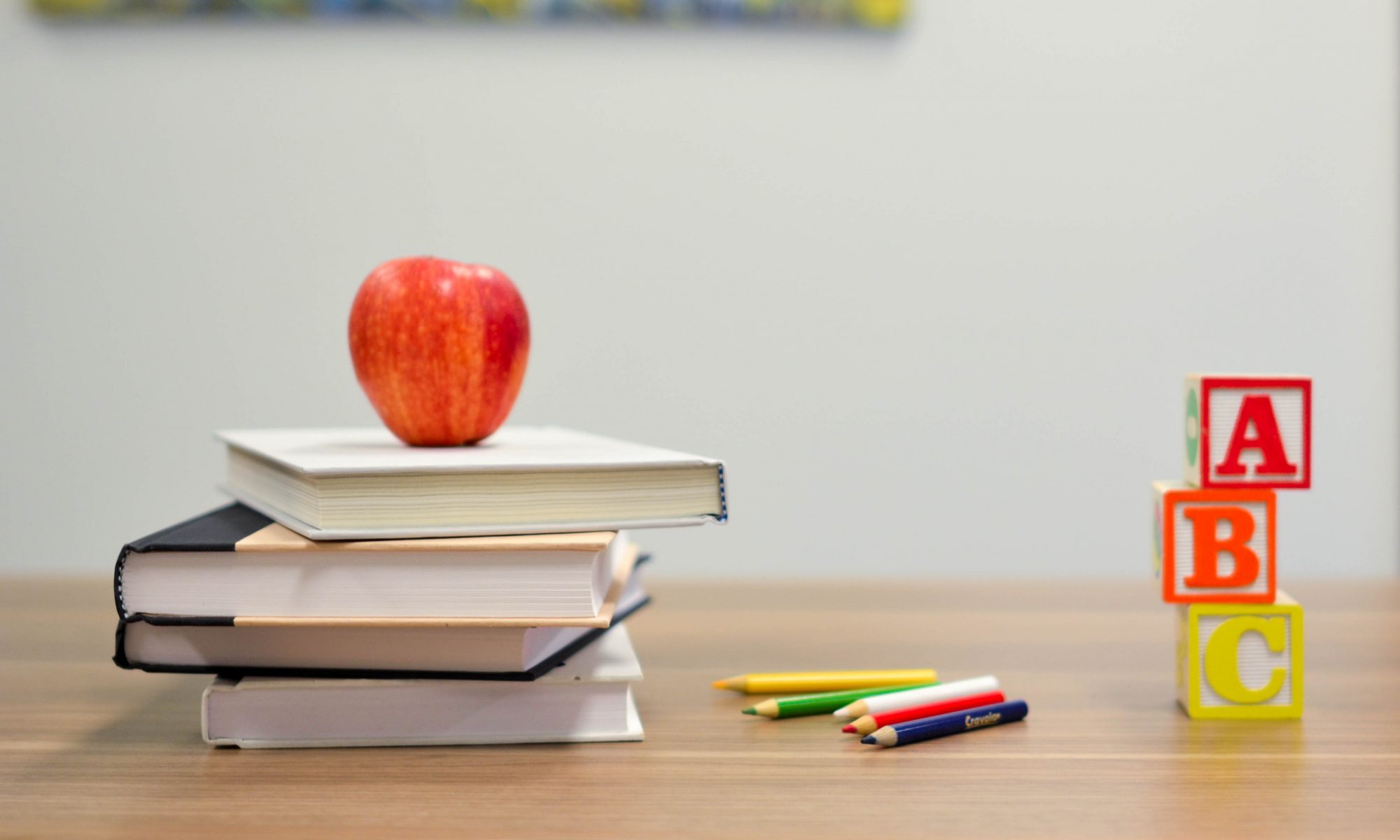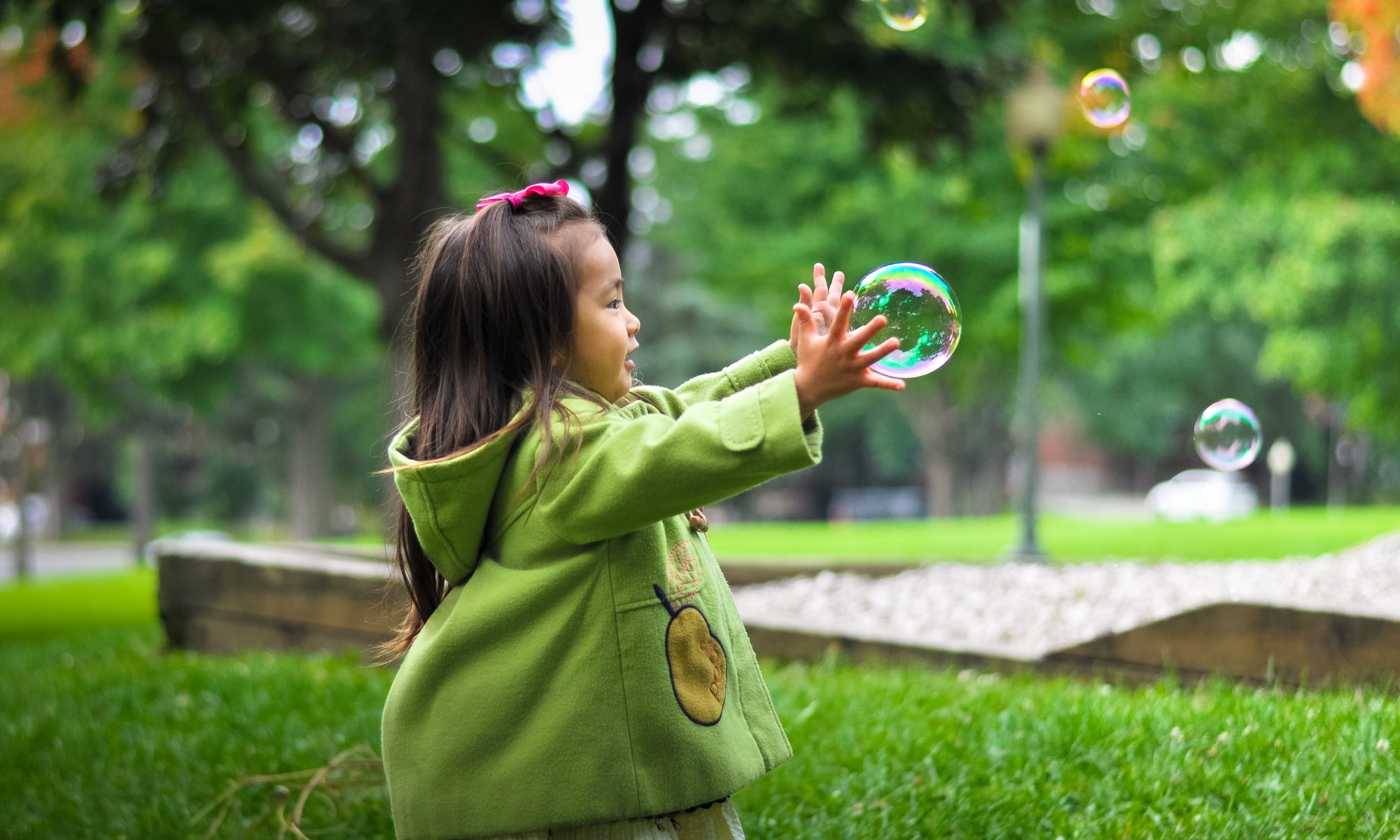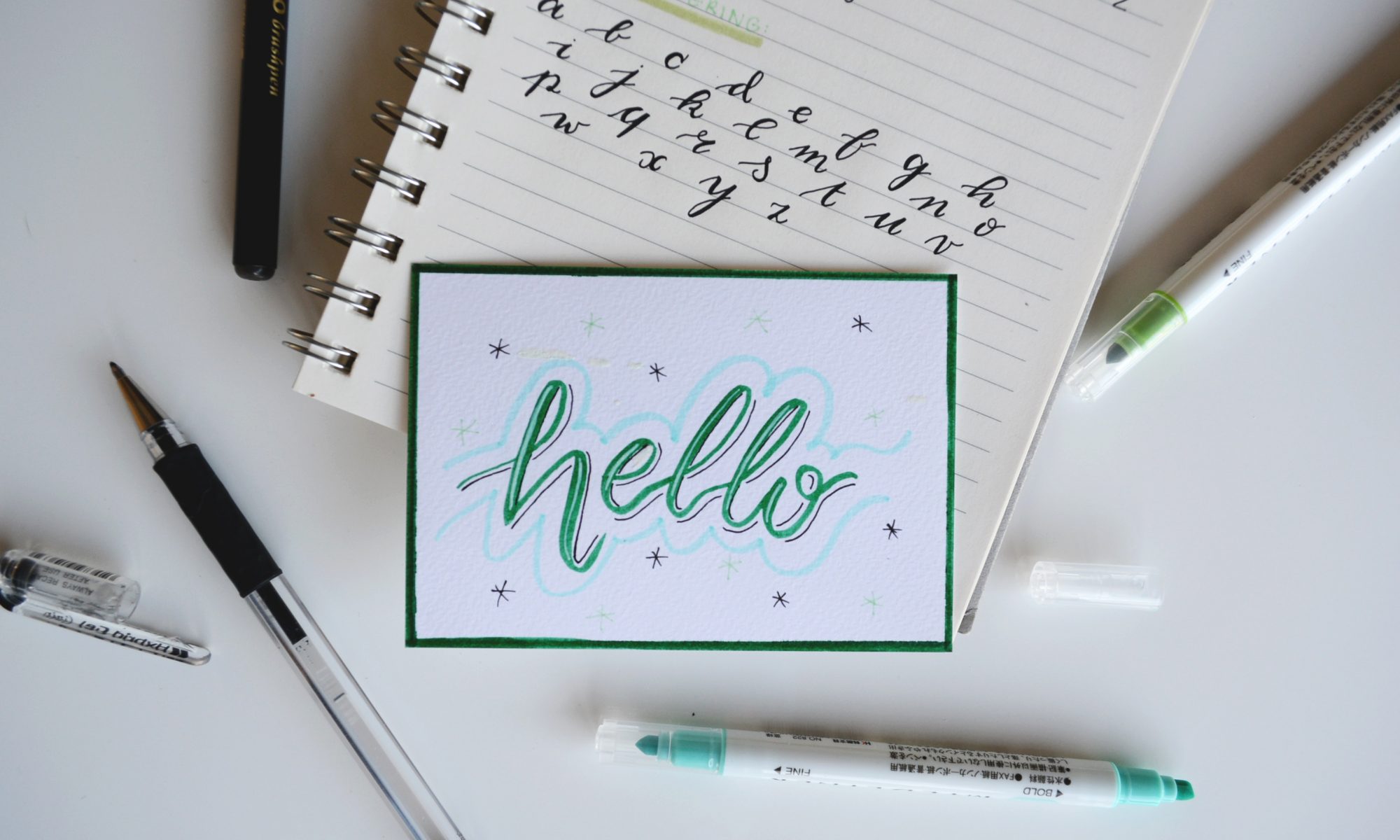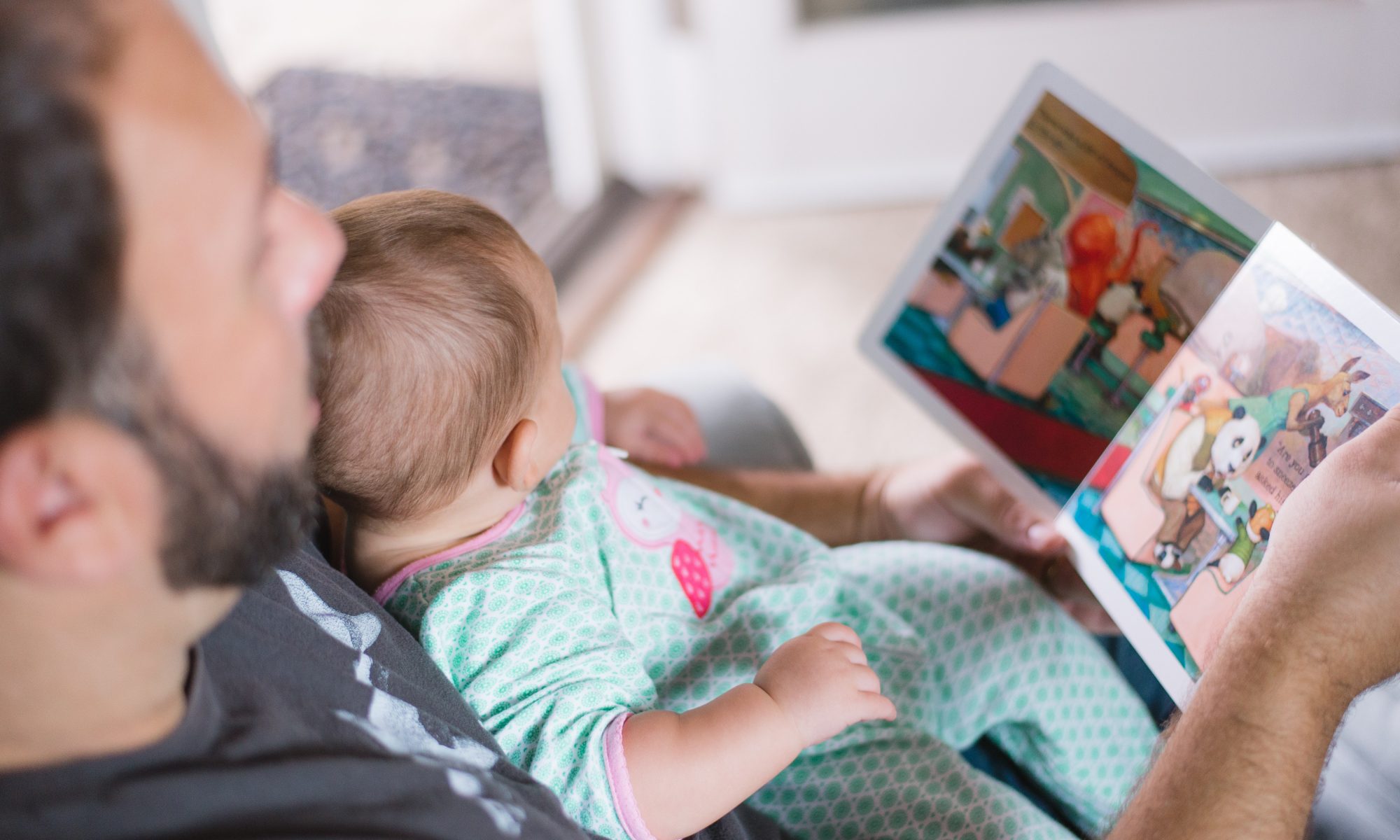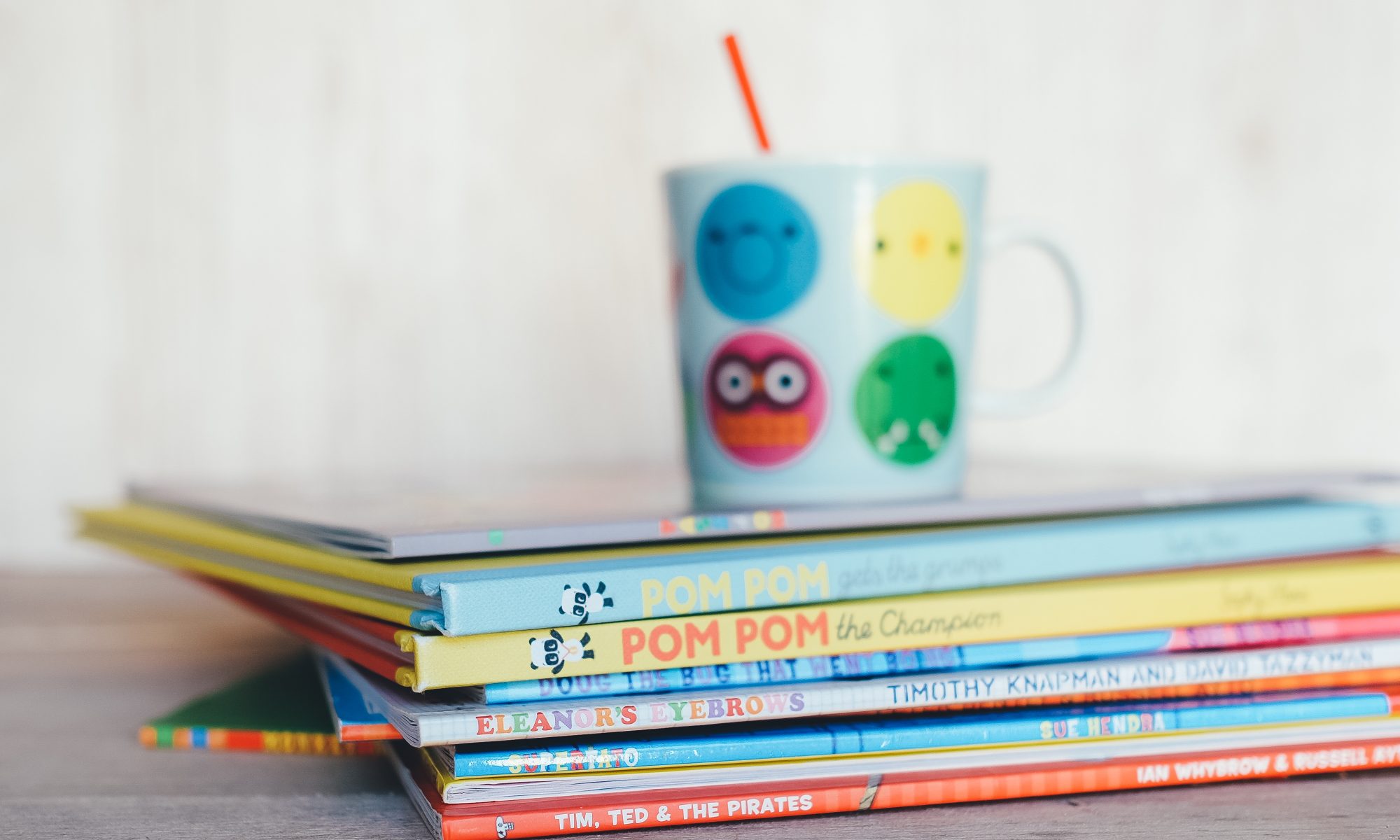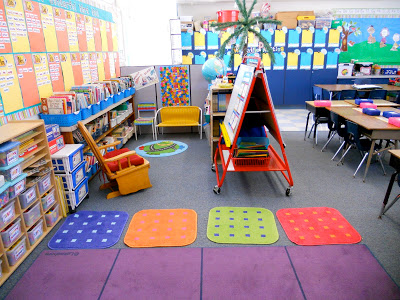I was going to call this post the teacher handbook, but immediately decided against it. A handbook is meant to serve as a guide, on how to do many important things. A boy scout handbook explains how to make a fire, catch fish with just a sewing pin, or how to survive in an alpine environment. When I was first thinking I needed a School Handbook, it was because folks were doing crazy things, things that common sense tells us you shouldn’t do. Things that made me slap my forehead and say “Really?!?” But isn’t that how handbooks and employee expectations are created and evolve? For every rule or guideline in a handbook, there is a story or event that took place that warranted the need to have that in the book.
Things to avoid when teaching
Some issues that were coming up in my first year as a principal were things that I never even thought I would need to cover. Actions or behaviors that made me wonder why someone would ever think it would be appropriate. My leadership team consisted of people who had proven themselves successful in the classroom, capable of coaching or guiding others, and were often very accomplished. On the other hand, some of my teachers, introduce themselves as “Becky and I have five years left.” For the best teachers, teaching is about growing students and making a difference. For some teachers, teaching was supposed to be an easy job with summers off and a great retirement package. Below is a list of things that made me wonder, “What on earth were they thinking?” Followed with, “I guess I never told them they could not do that.”
- Giving out bags of popcorn, the last twenty minutes every single day.
- Leaving the classroom unattended to go to the bathroom.
- Microwaving and preparing a full on meal in the middle of instruction.
- Sitting in the car, for the entire planning period, smoking cigarettes.
- Taking away recess for the entire class.
- because it was hot outside.
- because a few had acted up.
- because it was a little chilly.
- because they just don’t deserve it.
- because the teacher is allergic to grass.
- Sending a student back to the classroom, to use the microwave, and then it caught on fire, so they closed the door because they didn’t want anyone to know there was smoke, and luckily the fire put itself out.
- Leaving campus every day to shop, and smoke cigarettes.
- Scheduling repeating doctor appointments to only fall on staff meetings.
- Leaving food leftovers out on the desks overnight.
- Putting students out into the hallway.
- She couldn’t figure out how to share a google assignment with her class so she gave them her password to log on to her account and email it to themselves. Of course one of them changed her name to Mrs. Bitch.
- A student moved, so the teacher marked them as present every day since she knew they were not really absent, they had moved.
- A person came by and asked for the attendance record, and we just handed it over. The person requesting did not have any guardianship or custodian ties to the child.
What I need my handbook to cover
I have been keeping notes in the back of my daily journal anytime something comes up that I know needs to go into my handbook. When I worked at a strong school, in a strong district, with high expectations for everyone, I may add just one or two things per year to a staff handbook. This year, there was no handbook. I am starting from scratch on this thing.
I first thought I wanted my handbook to be a list of don’t do this, don’t do that, covering the stuff that was giving me headaches, that was never really taught or expressed as a no-no. The more I have thought about it though, I need it to cover expectations. The handbook needs to explain how things should be done. From arrival and parking, to dismissal, and requesting time off. I could make a big list of do nots, but I’d rather have a document that outlines the correct procedures, and explains what should be happening.
My handbook needs to cover the following:
- Arriving and leaving school on time including staff meeting days
- Instructional expectations
- Requesting time off
- What needs to be provided to the office in case of an emergency
- Emergency procedures
- Grading procedures and expectations
- Progress reports and report card expectations
- Guidelines around parent teacher conferences
- Learning environment checklist
- Classroom management and discipline expectations
- The school mission and vision
- No smoking policy
- Attendance and the use of our data software
- Importance of school schedule and being on time
The School Handbook
My school handbook will be an ever evolving handbook of how things should be done at my school. The purpose of the book is so that expectations are clear to everyone, and as long as they are followed, students and teachers will be successful. The handbook will not be a list of no-nos or requirements, but a document of our expectations. The handbook will be used to answer questions, to guide new and old employees alike, and to be a reference for when someone does something that anyone with common sense would refrain from. The purpose is to guide my people in the correct direction, but also be used to correct problem behaviors.
Header photo by Giammarco Boscaro on Unsplash
